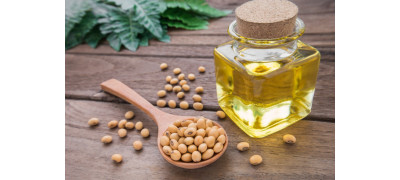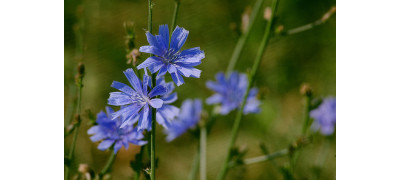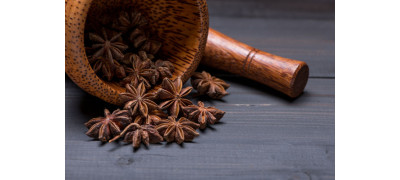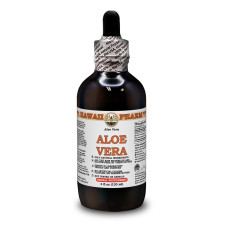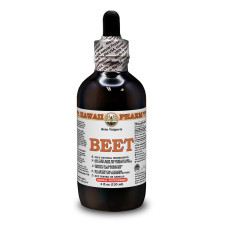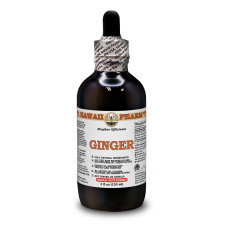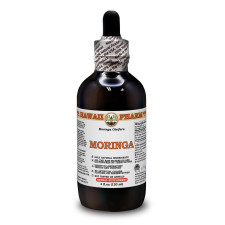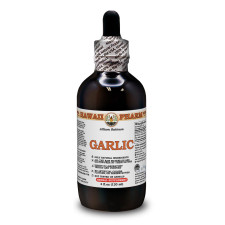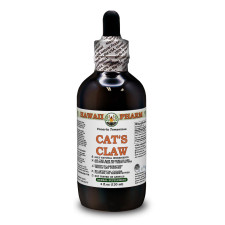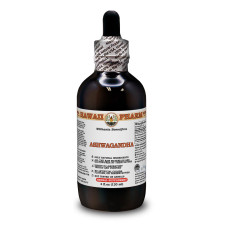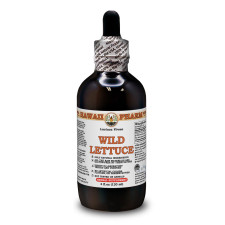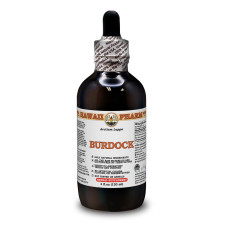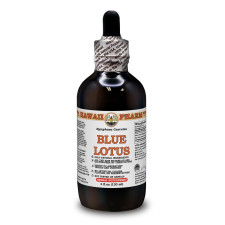- Home
- Alcohol Herbal Extracts
- Alcohol-FREE Herbal Extracts
- Veterinary Herbal Extracts
- Partnership
Partnership
We are open for cooperation with all interested persons or organizations. We have plenty of partners from all around the world and are looking for a long-term cooperation with new ones. At the present time we offer the following cooperation models:

WHOLESALER
We offer up to 30% discounts for wholesalers. The exact discount amount is dependent on your order amount, quantity and size of items. Minimum order amount is $300.

PRACTITIONER
Only for licensed practitioners! Create an account as practitioner and get special exclusive promotions. This kind of account is required manual approve.

AFFILIATE PROGRAM
Do you recommend us to your friends, family, colleagues and/or clients? If so: Thanks! We really appreciate it! Join our affiliate program. It’s by far the best way to monetize your Twitter or Facebook page, blog, or website.
- Blog
- Contact Us
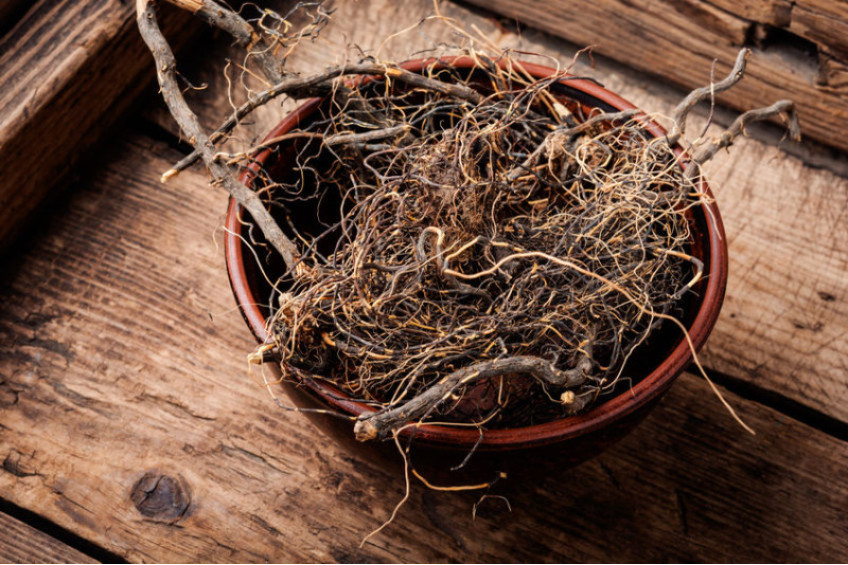
MARAL ROOT
COMMON NAME: Maral
LATIN NAME: Rhaponticum Carthamoides
ORIGIN: Western Sayan Mountains, Russia
HABITAT: Maral is an endemic Siberian plant with a limited area of spread. In the wild form, it is found only in the high mountain meadows and forest glades of The Altai Republic and Sayans. It grows predominantly in subalpine and alpine meadows (at a height of 1700-2200 m above sea level). It forms continuous brushwoods near the upper forest boundary and among the cedar woods. Less often, it can be found in the high mountain tundra.
BOTANICAL INFORMATION: Maral (Latin Rhaponticum Carthamoides) belongs to the Rhaponticum or Leuzea genus of the Asteraceae or Compositae family. The genus includes about 20 species and spread mainly in Eurasia.
Maral is a perennial plant with a woody, shortened and horizontal rhizome. Its color is dark brown with a brown tint. Thin delicate roots spread from the rhizomes. The stems of the plant are hollow inside, have a slight ribbing and their surface is slightly webbed. The plant has a resinous odor, and can grow up to 2 meters.
The stem is upright, unbranched, finely striated, cobwebby-pubescent, and hollow. The leaves of the plant are large, dark green in color, alternate, irregular pinnate, toothed, pinnate and pointed. The flowers are small, purple-lilac or pink in color, tubular, collected in single apical, large, almost spherical inflorescences. One flower basket gives up to 450 seeds. The fruits are light brown ribbed achenes with a tuft of feathery hairs. The blooming time of the wild form is July-August. The fruits ripen in August-September.
CHEMICAL COMPOSITION:
Rhizomes and roots of Rhaponticum Carthamoides contain resinous substances, essential oil, tannins, alkaloids, rubrosterone gums, carthamogenin, carthamogenin, eriodictyol, patuletin, carotene, ascorbic acid. phytoecdysones, triterpene glycosides, ecdysteroids, repdiolide, flavonoids, anthocyan glycosides, triterpenoids, inokosterone, trachelogenin, tracheloside repensolide, exysterones, inulin, retinol, mineral salts, in particular phosphorus salts, are also isolated in the raw materials.
CONTRAINDICATIONS:
There are no contraindications to the use of Maral Root. However, people with arrhythmia, high blood pressure and epilepsy, chronic diseases of the liver and kidneys should be cautious using it.
Should not be consumed in the presence of an infectious disease.
To protect yourself from potential risk do not use during pregnancy and breast-feeding period.
HISTORICAL INFORMATION:
The first mention of the beneficial properties of the plant go back to the second half of the XIX century. The name “Maral root” was given to the plant by the locals. They noticed that during the rut in fall, deer-maral dug up and greedily ate the roots. In folk medicine of the Altai Republic, Maral root was used for more than 200 years, but for the first time information about this herb was collected by the ethnographer Potanin in 1879.
*Be sure to follow relevant directions on product labels and consult your pharmacist or physician or other healthcare professional before using.
PROPERTIES OF SOYBEANS
Soybean (Glycine Max) is an annual herb in the Fabaceae family. It originates from southeastern Asia (including Korea, Japan, China). Soybean plant can reach up to 2 m in height. The leaves are pubesc..
AN ALTERNATIVE TO CAFFEINE
Chicory is a woody and herbaceous plant. Chicory has been thought to have medicinal qualities for over 5000 years. In the early 19th century chicory was believed chicory to be a sedative effects...
LITTLE SECRETS OF STAR ANISE
Star anise is getting more and more popular among spice lovers around the world due to its excellent taste and peculiar shape. Moreover, it has a great medicinal value along with widespread culinary u..
Get exclusive deals you will not find anywhere else straight to your inbox!
Subscribe / UnsubscribeCookies policy
 We use cookies and similar technologies that are necessary to operate the website.
You can consent to our use of cookies by clicking "Accept..."
We use cookies and similar technologies that are necessary to operate the website.
You can consent to our use of cookies by clicking "Accept..."
Get exclusive deals you will not find anywhere else straight to your inbox!
Subscribe / UnsubscribeWe meticulously produce our extracts according to precise standards where each herb is extracted according to the distinct characteristic of each plant! Hawaii Pharm LLC offers the biggest choice of liquid herbal extracts in the World!

Hawaii Pharm LLC - Nature Heals. Highest Quality Herbal Products Since 2008.



